(ECNS) -- “The Xizang (Tibet) Autonomous Region is undergoing rapid development and has seen significant changes over the past decade,” said Fang Kun, a member of the China Association for Preservation and Development of Tibetan Culture and founder of the Jibenggang Art Center in Lhasa.
Fang graduated from Peking University and has been engaged in cultural industry in Xizang for over a decade. As founder of the local artistic brand "Ti Hu," Fang and his team have been committed to transforming Xizang's rich cultural heritage into forms easily understood by modern people, which he believes is one of the key ways to promote the traditional Tibetan culture.
Transformation in Xizang over a Decade
During the past 10 years, Fang has witnessed the rapid transformation of Xizang. The development of transportation systems, logistics, and cultural tourism have driven the region.
He mentioned a noticeable trend in the cultural sector, which is a shift from merely emphasizing the protection of intangible cultural heritage to leveraging Xizang's unique cultural advantages and developing local cultural tourism and the cultural industry. He sees this as the "progress of an era."
In his view, Xizang's tourism is undergoing a change from sightseeing to in-depth tour experiences, bringing many benefits to local residents.
The prosperity of homestays in rural areas is an example of rural revitalization.
"When the homestays in the village achieve good economic benefits, young people are more willing to return home from the town," he says.
The prosperity in tourism has also benefited from the development of the local transportation system in recent years. In August 2021, the T3 terminal of Lhasa Gonggar International Airport was put into operation, becoming Xizang's largest terminal. Branch airports in places like Changdu Bangda, Nyingchi Milin, Shigatse Peace, and Ali Kunsha were built, with 140 domestic and international routes and 66 cities connected.
Now, a comprehensive three-dimensional transportation system consisting of roads, aviation, and railways connects millions of Tibetan households.
The transportation system has further promoted the prosperity of the modern logistics industry.
"Over a decade ago, logistics in Xizang was very underdeveloped, to the extent that many businesses from other provinces failed to ship goods to Xizang. But now, I purchase almost everything from e-commerce platforms, and more than half of the goods arrive on the same day or the next day. The rest usually arrive within three days," said Fang.
In his view, the rapid development of the modern logistics industry has had a tremendous impact on Xizang. With the support of efficient logistics, numerous high-quality products from the region have the opportunity to reach the vast market in other provinces, achieving high-quality development.
Reports by some Western media are false
Fang and his team obtained authorization from the Musée Marmottan Monet to incorporate elements of Monet's Water Lilies into yak wool scarves.
“When these exquisite scarfs were exported to Europe, there were great shock that the products came from Xizang because in many views, Xizang is still ‘backward’ and ‘barbaric’."In his view, the image of Xizang has been distorted by the false reports of Western media, especially those who claim to be "objectively and neutral".
Fang cited a false report by CNN in 2016, which stated that a Tibetan worker complained about his Han colleagues earning more.
Fang, who has lived in Xizang for over a decade, believes such reporting is" unprofessional" and even "ridiculous."
"The logic is simple. Even if you do the same job, work experience will affect income. This has nothing to do with ethnicity. Rather, it's about skills,” he explained.
“More experienced Tibetan workers will earn more than less experienced Han workers," he added.
"I knew many foreign friends living in Lhasa in previous years. They were guides for mountain climbing teams or students at local universities. Those people had no biases because they lived in this land and knew what real Xizang looks like," Fang said.










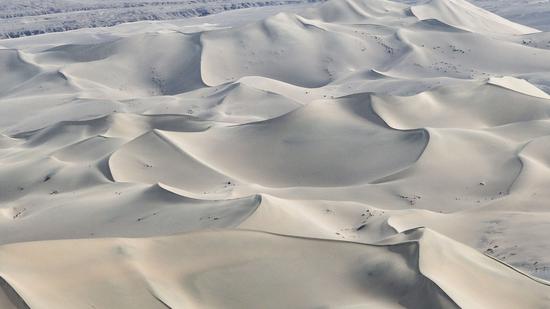
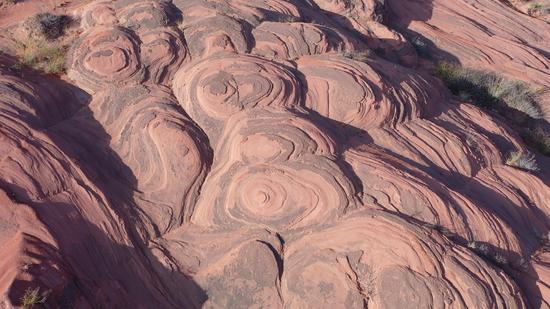

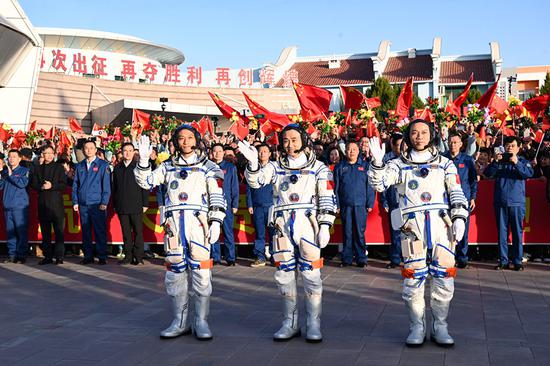
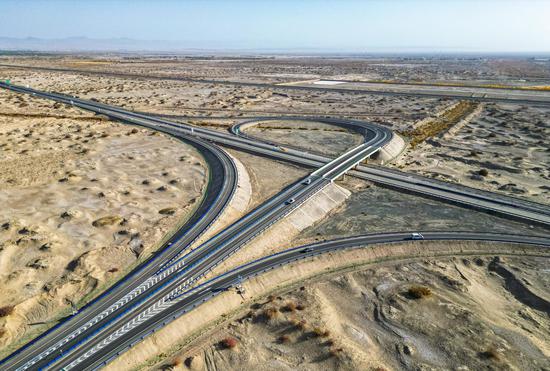



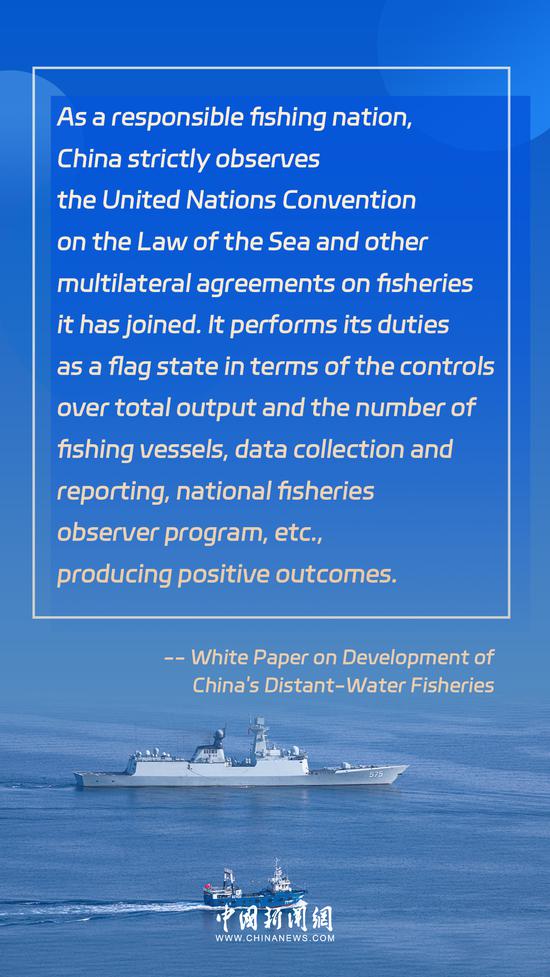





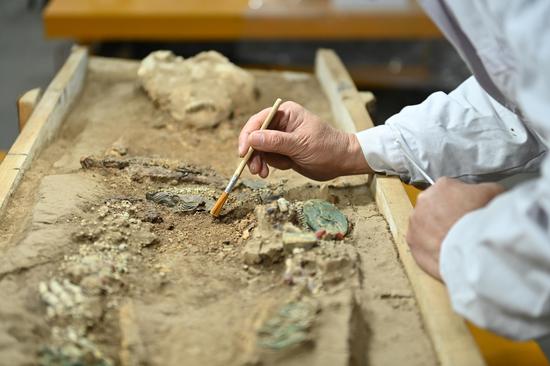
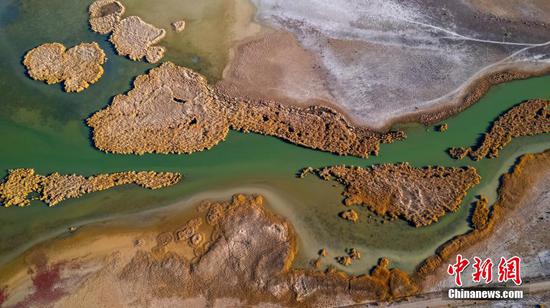
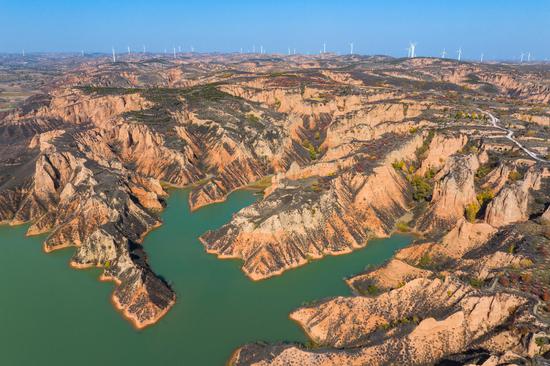

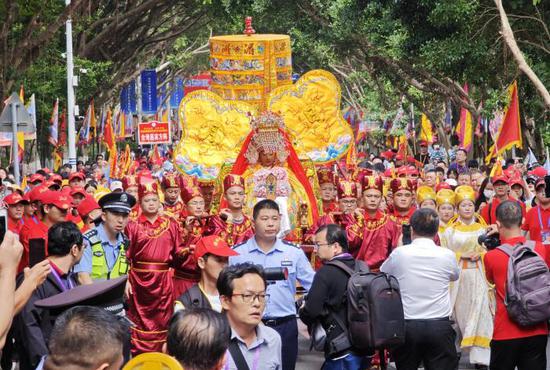
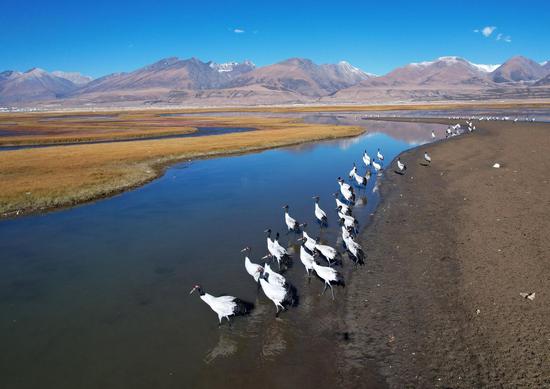


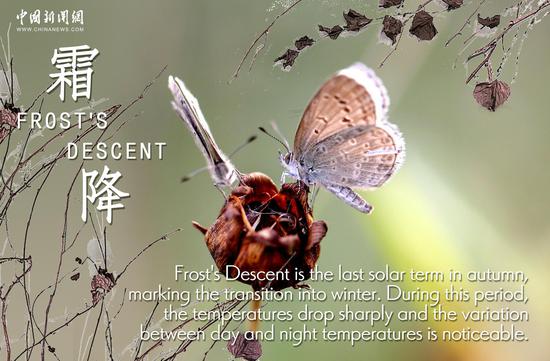
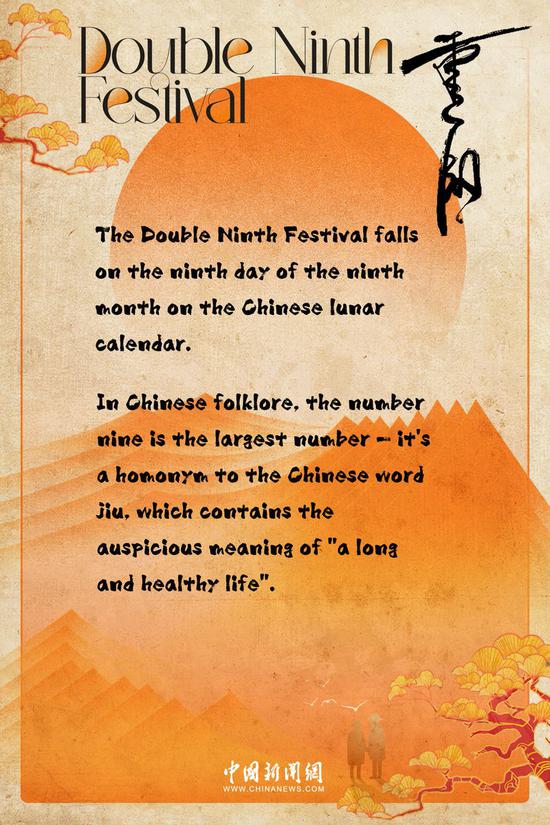
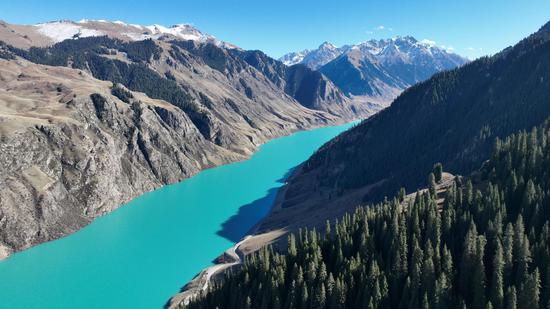


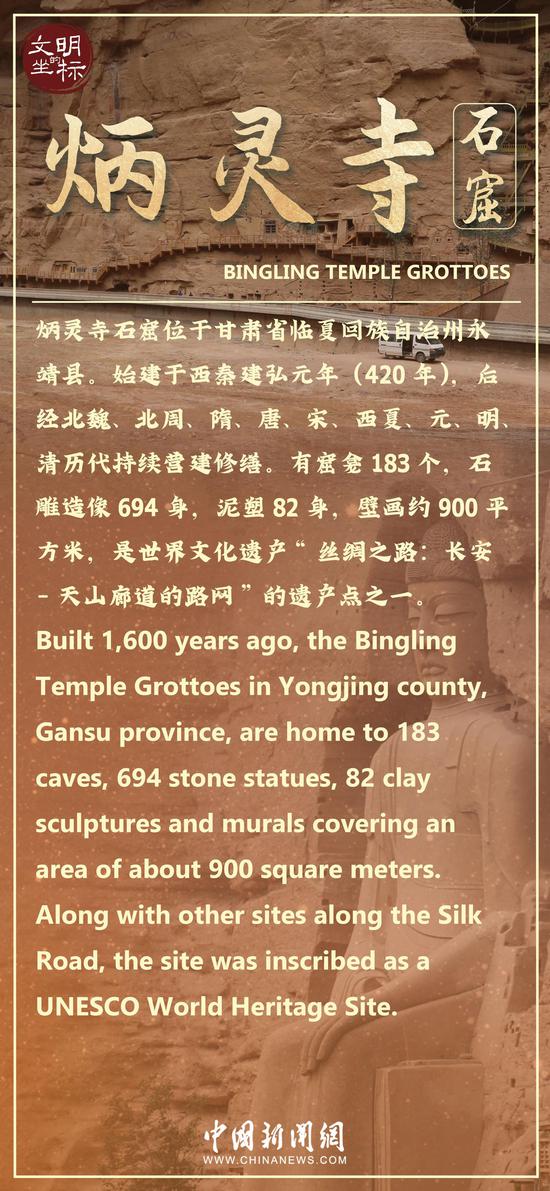








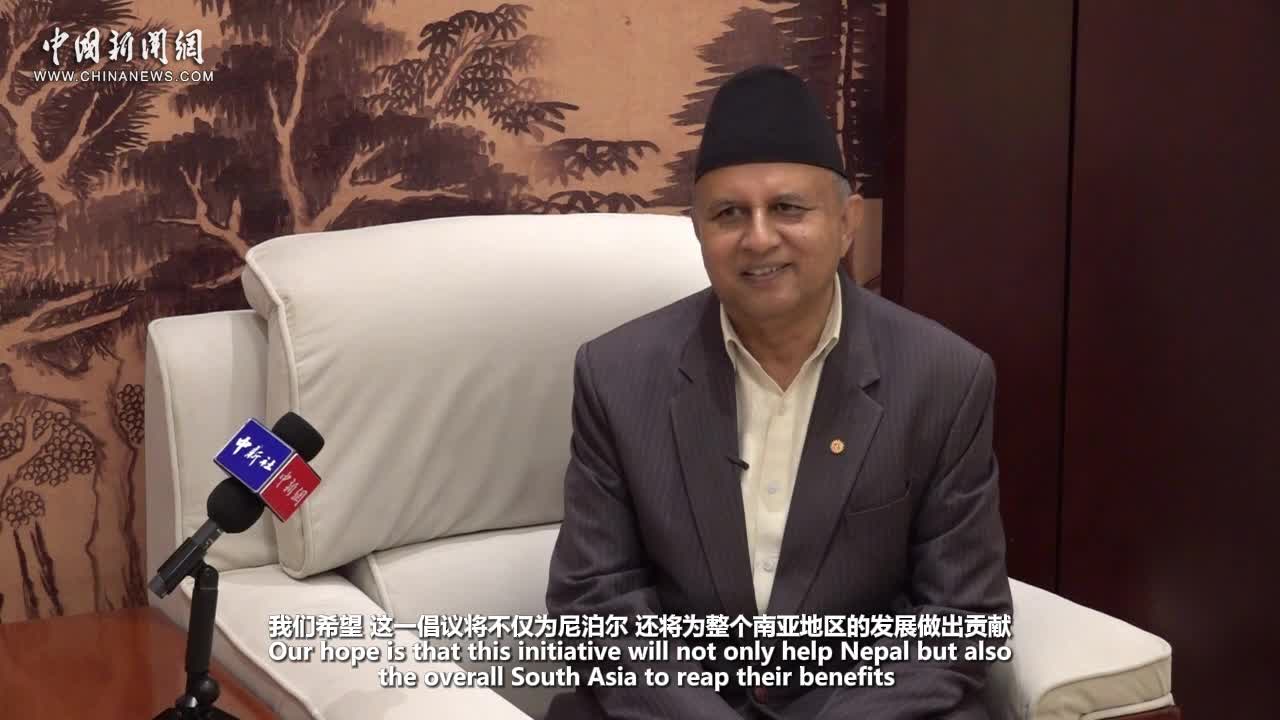



 京公网安备 11010202009201号
京公网安备 11010202009201号